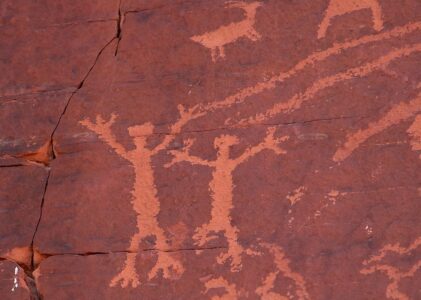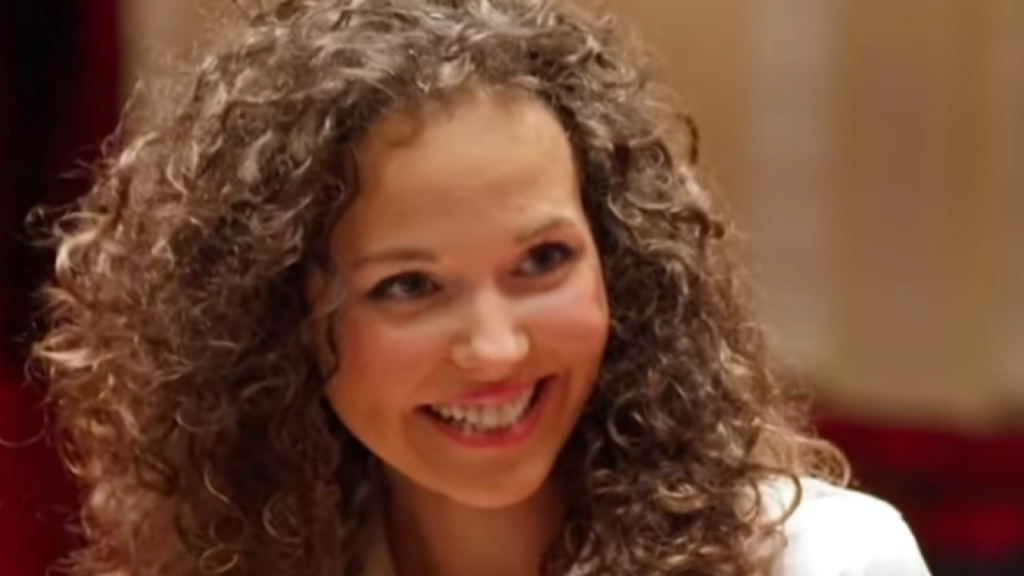
Did having talents always existed back in the early days of human existence? It certainly looks like it and probably started with the emotional well-being of ancient humans 2.6 million years ago.
Our emotional well-being is one of the most prominent present things we deal with during our lives. Every second we are being influenced by external factors and if we allow those aspects to effect our emotions and way of thinking; we have to adjust our state of mind continuesly.
Emotional well-being is crucial and plays a vital role in our overall quality of life since humans exist. During tens of thousands of years this state of wellness is often translated in artistic expression in whatever form.
History can not exactly determine when the earliest forms of art were. But we can assume though that the earliest evidence of artistic expression, dates back to around 40,000 years ago.
Specifically in the form of cave paintings, for example found in caves of in France, Spain or Indonesia. Such paintings depict various subjects, often including animals and hunting scenes.
Also prehistoric humans engaged in aesthetic expression such as rock carvings, sculptures, body decorations and other creative efforts.
This emotional wellbeing expressed in pre-historic art provides valuable insights into the early humans. Ofcourse we can’t possibly know the exact intentions and emotions of those people, but we more or less can assume then based on the artworks themselves.
Many prehistoric cave paintings includes depictions of human figures engaging in social activities, scenes of hunting, dancing, and communal gatherings, suggesting a sense of joy and celebration or engaging in rituals.
But also did they discover prehistoric artworks showing animals, plants, natural landscapes, mythical creatures, or supernatural beings, suggesting a reverence for the natural world and a belief in spirituality.
These representations suggest a sense of connection, belonging, and cooperation within the community, conveying emotions of unity and social integration.
The artworks often feature dynamic figures, vibrant colors, and energetic compositions, which may indicate the expression of positive emotions.
I think technically we could conclude that those were some of the earliest forms of human talent.
These artistic expressions required planning, thought, and execution. Prehistoric humans weren’t just leaving random marks; they were deliberately creating something meaningful.
These creations may have served as a way for early humans to communicate ideas and tell stories.
Often it also involved problem-solving expects, because early humans needed to find the right materials, develop techniques, and express their ideas visually.
Besides these being purely functional activities, they likely served a decorative or symbolic purpose, suggesting an appreciation for beauty and creativity.
It looks like emotional well-being in our distant past have laid the foundation for the first human talents we see expressed through whatever form of activity.




